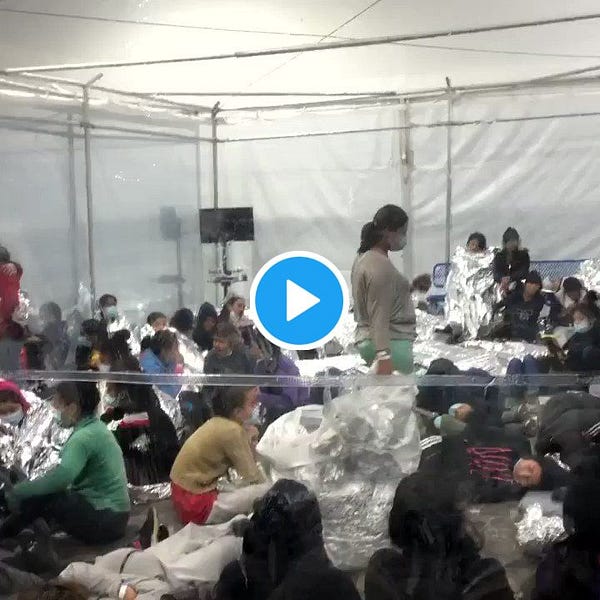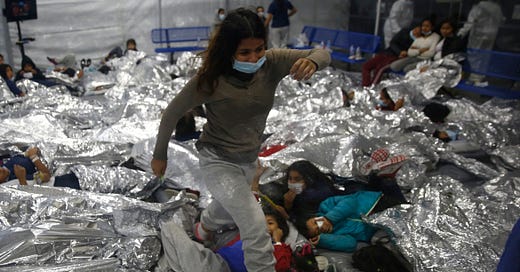Related highlights:
—
The Associated Press has instructed its employees to avoid using the word “crisis” to describe what’s happening on the U.S. border.
But it’s absolutely a crisis.


Associated Press Vice President and Editor-at-Large for Standards John Daniszewski cautioned staffers the U.S. immigration disaster does not yet meet the dictionary definition of the word “crisis.”
In an internal memo this week, titled “From the Standards Center: A note about the current increase in border entrances," Daniszewski told staffers to aim for "accurate and neutral language.”
"The current events in the news – a sharp increase in the arrival of unaccompanied minors – is a problem for border officials, a political challenge for Biden and a dire situation for many migrants who make the journey, but it does not fit the classic dictionary definition of a crisis," the memo reads.
“Therefore,” it adds, “we should avoid, or at least, be highly cautious, about referring to the present situation as a crisis on our own, although we may quote others using that language."
A spokesman for the Associated Press confirmed the authenticity of the memo, which was circulated online first by journalist Julio Ricardo Varela, in a statement to Fox News.
If reporters are to use the word “crisis,” the memo reads, they must first ask “of what and to whom.”
"There could be a humanitarian crisis if the numbers grow so large that officials cannot house the migrants safely or in sanitary conditions," it continues. "Migrants may face humanitarian crises in their home countries. In theory, there could be a security or a border crisis if officials lose control of the border, allowing people to enter unencumbered in large numbers. But, in general, avoid hyperbole in calling anything a crisis or an emergency."
Daniszewski later published a blog post reiterating the internal memo’s instructions.
It’s curious the Associated Press is reluctant to use even the term "humanitarian crisis" given it used this term specifically during the Trump administration, even when undocumented immigrants came in smaller surges.
The U.S. Customs and Border Protection agency in January of this year reported a total of 78,442 migrant encounters (this figure includes apprehensions plus crossings of undocumented immigrants at legal ports of entry). In contrast, Border Patrol reported 58,317 encounters with migrants in January 2019.
Also, in January 2019, long after the Trump administration had already ended the practice of child separation, the Associated Press published a fact-check, which stated: “Few would argue that a humanitarian crisis is unfolding, as the demand for entry by migrants and the Trump administration's hardline response to them are overwhelming border resources, further backlogging the asylum system and forcing migrants to live in abysmal conditions on the Mexican side of the border.”
In February of this month, Border Patrol reported 100,441 encounters with migrants. In fact, it has recorded an average of 5,000 undocumented immigrants per day over the past 30 days, meaning we will soon likely surpass the records set during the Trump administration. At this pace, Border Patrol will likely report 150,000 per month in March, according to NBC News.
The surge of undocumented immigrants has strained detention facilities, as maximum capacity limits have been surpassed several times over. The CBP holding facility in Donna, Texas, for example, is at 1,556% capacity, loaded up with mostly unaccompanied minors, many of whom are sleeping on floors. Attorneys for some of these unaccompanied minors claim their clients have not seen the sun in several days.
Yet, in a blog post published on Friday, Daniszewski reiterated his newsroom’s position that the crisis unfolding on the U.S. border does not, in fact, meet the definition of a true "crisis."




